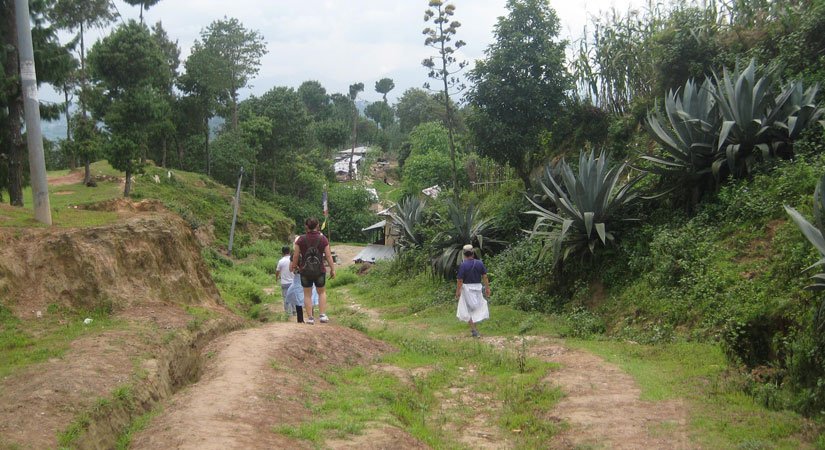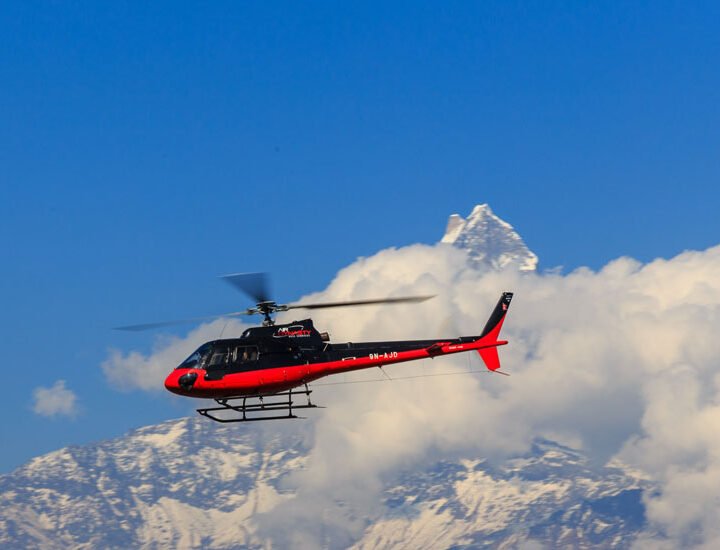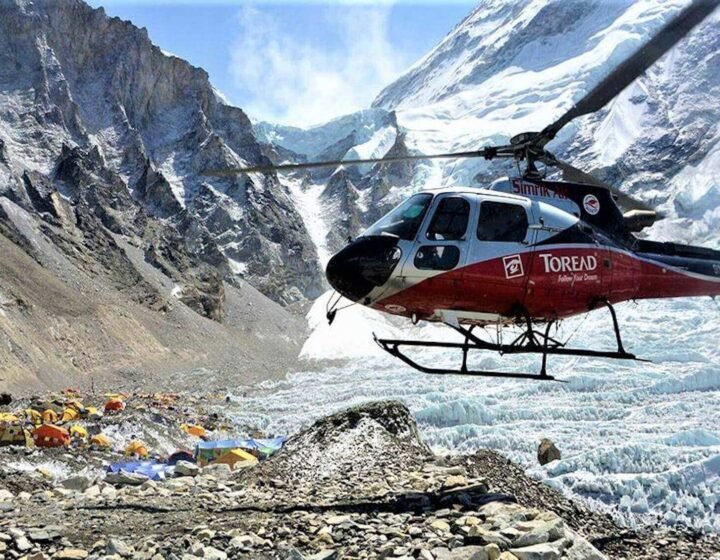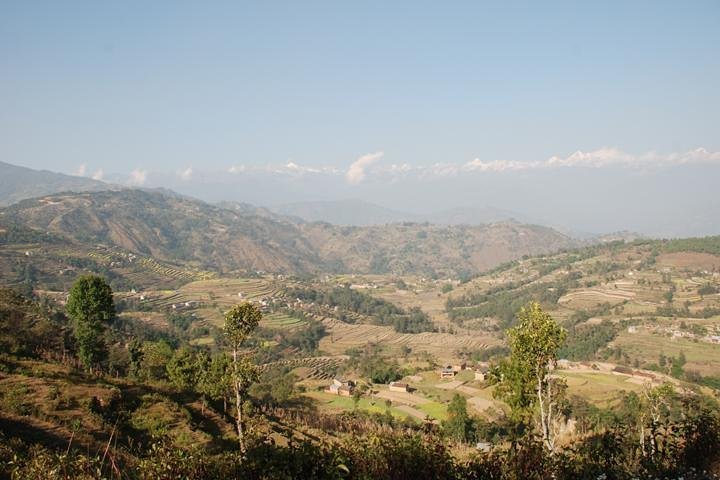- Details
Detailed itinerary
Itinerary- Tour Includes/Excludes
- Useful Info
- FAQ
Trip overview
Besides peaceful surroundings and fascinating mountain sceneries, Chisapani village is home to people of different ethnicities. It is a perfect hub to learn about Nepalese lifestyle, culture, and see for yourself what “unity in diversity” actually means. You can also enjoy the epic view of Langtang Lirung, Gaurishankar ranges, and DorjeLakpa from Chisapani village. The village is located on the north-eastern outskirts of Kathmandu, just 15 kilometers away from Sundarijal.
Chisapani Hiking is a 2-day trip. It begins with a drive to Sundarijal from your hotel, which shall take about an hour. From Sundarijal, the hike begins as you enter the Shivapuri National Park. As you hike more in-depth into the park, you will feel as if you have arrived in heaven amidst the dense forest, where the only sounds you shall hear will be the gurgling Bagmati River and the birds chirping. You may as well come across natural springs as you hike up.
After hiking for about 5 to 6 hours, you will reach your destination, the Chisapani village. After settling down in a teahouse, you can head out to explore the village and interact with the residents. The pinkish hue of the sunset over the Himalayas looks picturesque in the evening. Next morning, you will get to sight beautiful sparkling snow-capped mountains and magnificent sunrise over them. In your return journey, you will be hiking down to Sankhu before driving back to Kathmandu.
Although hiking to Chisapani is possible throughout the year, the best time would be during spring (March- April). During this time, the national flower of Nepal blooms throughout the Shivapuri National Park, giving it a livelier and more colorful look.
If you would like, we could even extend your 2-day Chisapani Hiking to 3-day. For the second day, you could hike from Chisapani to Nagarkot, and then return to Kathmandu via Changunarayan on the third day. It might be physically demanding, but the beauty of the hills, mountain vistas, and the countryside setting deserves all the difficulties.
Itinerary
After breakfast in Kathmandu, drive to Sundarijal (1 hour) and start hiking towards Chisapani. The trail passes through the Shivapuri Nagarjun National Park, and there are several small villages along the way. The hike takes around 5-6 hours, and you'll stay overnight in a guesthouse in Chisapani.
After breakfast, continue hiking towards Nagarkot. The trail passes through the forest and offers panoramic views of the Himalayas. The hike takes around 6-7 hours, and you'll stay overnight in a guesthouse in Nagarkot.
Wake up early to catch the sunrise over the Himalayas from the Nagarkot viewpoint. After breakfast, hike downhill towards the historic town of Bhaktapur, known for its ancient temples and buildings. Explore Bhaktapur for a few hours before taking a bus or private transfer back to Kathmandu.
Included
- Accommodation: The cost of basic accommodation is usually included in the price of a guided tour, but if you're trekking independently, you will need to pay for accommodation along the trail.
- Meals: Some guided tours may include all meals, while others may only include breakfast. If you're trekking independently, you will need to budget for meals along the trail.
- Guide and porter fees: If you choose to hire a guide or porter, their fees will be included in the overall cost of your trek.
- Transportation: If you book a guided tour, transportation to and from Kathmandu or other starting points may be included in the cost. If you're trekking independently, you will need to budget for transportation to and from the trailhead.
Excluded
- Flights: The cost of flights to and from Nepal is usually not included in the cost of a trek.
- Travel insurance: It's recommended to purchase travel insurance that covers medical expenses, trip cancellations, and other unexpected events.
- Park entry fees: If you plan to hike in the Shivapuri Nagarjun National Park, which is on the Chisapani-Nagarkot trek, you will need to pay for a park entry permit.
- Equipment rental: If you don't have your own trekking gear, you may need to rent equipment such as a sleeping bag, trekking poles, or a backpack.
- Tips: It's customary to tip your guide and porter at the end of the trek.
Useful Info
- Best time to go: The best time to go hiking in Chisapani is from October to December and from March to May. These months have the most favorable weather for hiking with clear skies and mild temperatures.
- Permits: You don't need a special permit to go hiking in Chisapani. However, if you plan to hike in the Shivapuri Nagarjun National Park, which is on the Chisapani-Nagarkot trek, you will need to get a park entry permit.
- Accommodation: There are several guesthouses and lodges along the Chisapani-Nagarkot trek that offer basic accommodations and meals. It's a good idea to book your accommodation in advance, especially during peak trekking season.
- Altitude sickness: The highest point on the Chisapani-Nagarkot trek is around 2,300 meters (7,546 feet) above sea level. Altitude sickness can be a concern, especially for those who are not acclimatized to high altitudes. It's important to acclimatize properly, stay hydrated, and listen to your body to prevent altitude sickness.
- Packing list: Some essential items to pack for a Chisapani hike include comfortable and sturdy hiking shoes, warm clothing, a waterproof jacket, a hat and gloves, sunscreen, a water bottle, and a first aid kit.
- Guided vs. independent hiking: While it's possible to hike in Chisapani independently, hiring a local guide can be helpful in navigating the trails, learning about the local culture, and ensuring your safety.
- Respect local culture: Chisapani is home to traditional Nepalese villages, and it's important to respect the local culture and customs. Dress modestly, ask for permission before taking photos, and follow local customs and traditions.
FAQs
-
How long does it take to complete the Chisapani-Nagarkot trek?
The Chisapani-Nagarkot trek is a 2-3 day hike, depending on your pace and itinerary. It's a moderate trek, and most hikers should be able to complete it within this time frame.
-
Is it possible to do the Chisapani-Nagarkot trek independently?
Yes, it is possible to hike the Chisapani-Nagarkot trek independently. The trail is well-marked and there are guesthouses and lodges along the way that offer basic accommodations and meals. However, hiring a local guide can be helpful in navigating the trails, learning about the local culture, and ensuring your safety.
-
What is the weather like in Chisapani?
The weather in Chisapani can vary depending on the time of year. The best time to go hiking in Chisapani is from October to December and from March to May, when the weather is generally mild and clear. During the winter months, temperatures can drop below freezing, and during the summer months, there can be heavy monsoon rains.
-
What is the difficulty level of hiking in Chisapani?
The hiking trails in Chisapani can range from easy to challenging, with some routes requiring a good level of physical fitness and stamina. In general, the hiking in Chisapani is considered to be of moderate difficulty, with some steep ascents and descents, rocky and uneven terrain, and some sections with narrow paths.
-
What should I pack for a Chisapani hike?
Some essential items to pack for a Chisapani hike include comfortable and sturdy hiking shoes, warm clothing, a waterproof jacket, a hat and gloves, sunscreen, a water bottle, and a first aid kit. It's also a good idea to bring some cash, as there may not be ATMs or credit card facilities along the trail.
-
Is altitude sickness a concern on the Chisapani-Nagarkot trek?
The highest point on the Chisapani-Nagarkot trek is around 2,300 meters (7,546 feet) above sea level, and altitude sickness can be a concern, especially for those who are not acclimatized to high altitudes. It's important to acclimatize properly, stay hydrated, and listen to your body to prevent altitude sickness. If you experience symptoms such as headache, nausea, or dizziness, descend to a lower altitude immediately.






